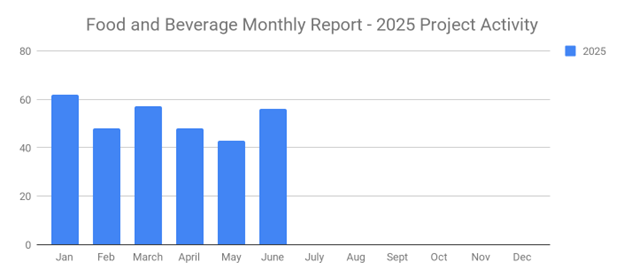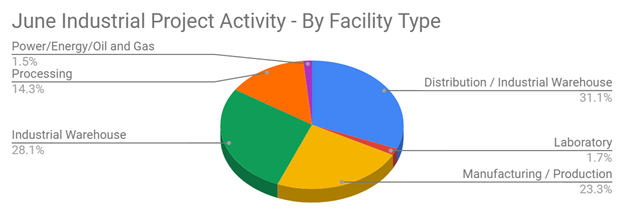
Email consistently ranks as one of the most cost-effective channels for business-to-business (B2B) marketing. According to Direct Marketing Association (DMA), every $1 spent on email marketing yields an average return of $40, which is pretty impressive to say the least. However, the success of an email marketing campaign relies heavily on analytics tracking.
Delivery Rate
In email marketing, delivery rate is the percentage of emails that reach the target's inbox. Just because you send an email to a prospect doesn't necessarily mean that he or she will receive it. Emails often "bounce" or are otherwise rejected by the recipient's mail server, resulting in a lower delivery rate.
Abuse Rate
Pay attention to abuse/spam rate when using email marketing to promote your products or services. This is the percentage of users who flag your email as spam. Generally speaking, you should strive for an abuse rate under 0.05%. It's okay if it's slightly higher, but anything higher than 0.05% could affect your ability to reach prospects.
Churn Rate
Churn rate refers to the speed at which your email list is growing after unsubscribers, complains and bounces. Depending on the industry and type of email, companies can expect a churn rate of about 20% to 25%. This means they lose about one-quarter of their subscribers every year.
Forward Rate
Forward rate is defined as the percentage of users who share your email with friends or family via "forwarding" it. Also known as referral rate, it plays an important role in measuring the success of an email marketing campaign. If users enjoy your emails, they'll probably share it; thus, increasing your campaign's forward rate.
Open Rate
As the name suggests, open rate is the percentage of email recipients who open your email. If you send 1,000 emails and 400 of them are opened, your campaign has a 40% open rate. Obviously, you want to optimize your email campaigns for the highest open rate possible. If recipients ignore or otherwise don't open your emails, you won't be able to sell your product or service.
Click-Through Rates
Something else to consider when analyzing the performance of your email marketing campaigns is click-through rate (CTR). Not to be confused with open rate, CTR is the percentage of users who click a link or call to action in your emails.
Action Rate Over Time
As explained by CrazyEgg, action rate over time refers to the level of engagement based on the time of day. By monitoring this metric, you'll know when your emails generate the highest level of response.
What to learn more? Get in Touch
Latest Posts
-

June's New Distribution and Supply Chain Planned Projects Return to March’s 183 Confirmed Figure
-

Food and Beverage Rebounds with 56 New Planned Projects Igniting Growth After Decline
-

June 2025’s New Industrial Construction Projects Grew 7% Month-Over-Month
-

Q2 Industrial Manufacturing Soars 31% for Planned Projects Over $100M; June Planned Industrial Projects Hit 141

